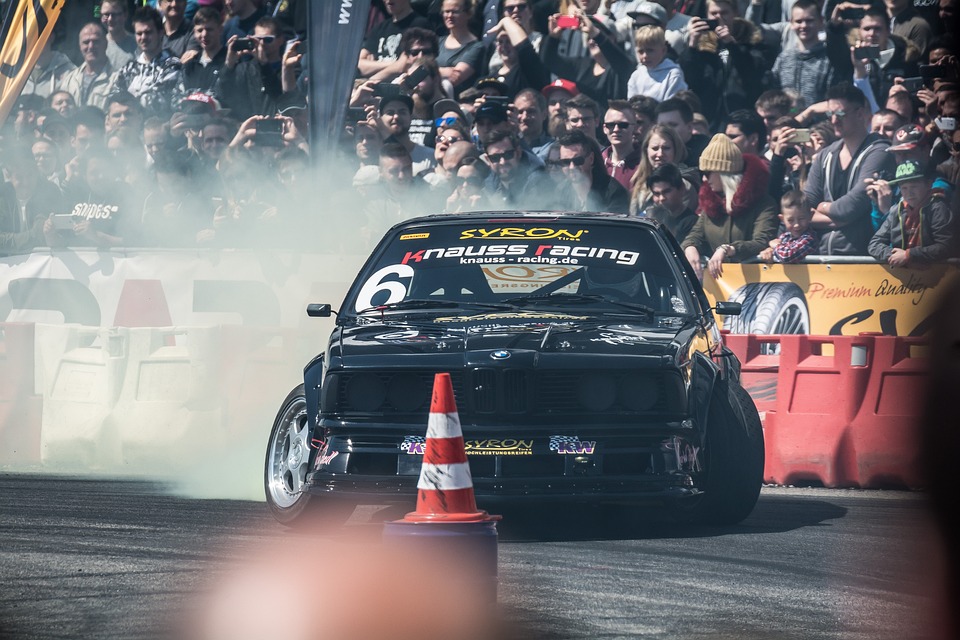Drifting is an exhilarating motorsport that combines precision driving and controlled chaos—where the thrill of losing traction is overshadowed only by the need for safety. As the popularity of drifting continues to grow, it’s essential for drivers, both novice and experienced, to prioritize safety on and off the track. Here are crucial tips to ensure you and your car stay intact while enjoying the art of drifting.
1. Know Your Vehicle
Before hitting the track, it’s vital to understand the unique dynamics of your vehicle. Each car has its own handling characteristics, power delivery, and weight distribution, which can significantly impact how it behaves during a drift.
Key Checks:
- Tires: Ensure that your tires are appropriate for drifting; they should provide a balance of grip and slipperiness. Regularly inspect tire pressure and tread wear.
- Brakes: Ensure your brake system is in top condition, allowing you to control speed during entry and exit of drifts.
- Suspension: A well-tuned suspension can significantly improve stability and handling, which is crucial when drifting.
2. Wear Proper Safety Gear
Safety gear is non-negotiable in drifting. When you’re pushing the limits, being properly equipped can save your life.
Essentials Include:
- Helmet: A full-face helmet certified for motorsport use offers head protection during potential collisions.
- Racing Suit: A fire-retardant racing suit can protect against burns in the event of an accident.
- Gloves and Shoes: Fire-resistant gloves and shoes provide better grip and protection.
3. Choose the Right Venue
Drifting should always take place in controlled environments, such as racetracks or designated drifting events. These venues are designed with safety features and allow for emergency services to be on-site.
Avoid:
- Public roads: Not only is drifting illegal on public roads, but it also poses significant risks to yourself and other drivers.
- Improvised locations: Parking lots or vacant streets may seem tempting, but they lack the proper safety measures and can lead to catastrophic accidents.
4. Master Basic Skills Before Drifting
If you’re new to drifting, it’s critical to master basic driving skills first. Knowing how to control your vehicle during regular driving will translate well when you begin to explore drifting.
Focus On:
- Throttle Control: Understanding how to modulate accelerator input is key to maintaining drifts.
- Steering Techniques: Learn to use counter-steering effectively, allowing for smooth control through corners.
- Weight Transfer: Understanding how your vehicle’s weight shifts during acceleration, braking, and turning is fundamental to mastering drift techniques.
5. Drift with a Buddy
If you’re practicing outside of a formal event, always have a driving partner. Drifting with someone else allows for mutual observation and can enhance safety.
Benefits of Pairing Up:
- Spotting: A buddy can alert you to potential hazards or provide assistance if a mechanical issue arises.
- Shared Experience: Two heads are better than one when assessing drifting techniques, strategies, and areas for improvement.
6. Respect the Limits
Every driver has their limits, as does every vehicle. Knowing when to walk away is essential, especially when conditions are challenging due to weather, traffic, or fatigue.
Important Reminders:
- Conditions: Wet or slippery conditions can make drifting unpredictable. Always assess the risks before deciding to drift.
- Fatigue: Don’t push your limits when you feel tired or unfocused, as these factors can severely impair your judgment and reflexes.
7. Have a Solid Exit Strategy
Plan your exit strategy in advance. Understand where you will end up after a drift, and be aware of your surroundings to avoid collisions with barriers, other cars, or spectators.
Considerations:
- Escape Routes: Familiarize yourself with alternative routes and clear areas that can be safely accessed should you lose control.
- Visualize: As you approach a corner, visualize your drift path and plan for any corrections you might need to make.
8. Stay Educated and Stay Updated
Drifting is an evolving sport with new techniques, technologies, and safety information emerging all the time. Stay informed about updates related to safety equipment, technical advancements, and best practices by attending workshops, following expert drivers, and participating in online forums.
Conclusion
Drifting is all about skill, precision, and, above all, safety. By adhering to these tips, you can enhance not only your drifting experience but also ensure that you and your ride remain intact for many more exhilarating sessions on the track. Keep safety at the forefront of your racing passion, and enjoy the thrill of drifting responsibly!

